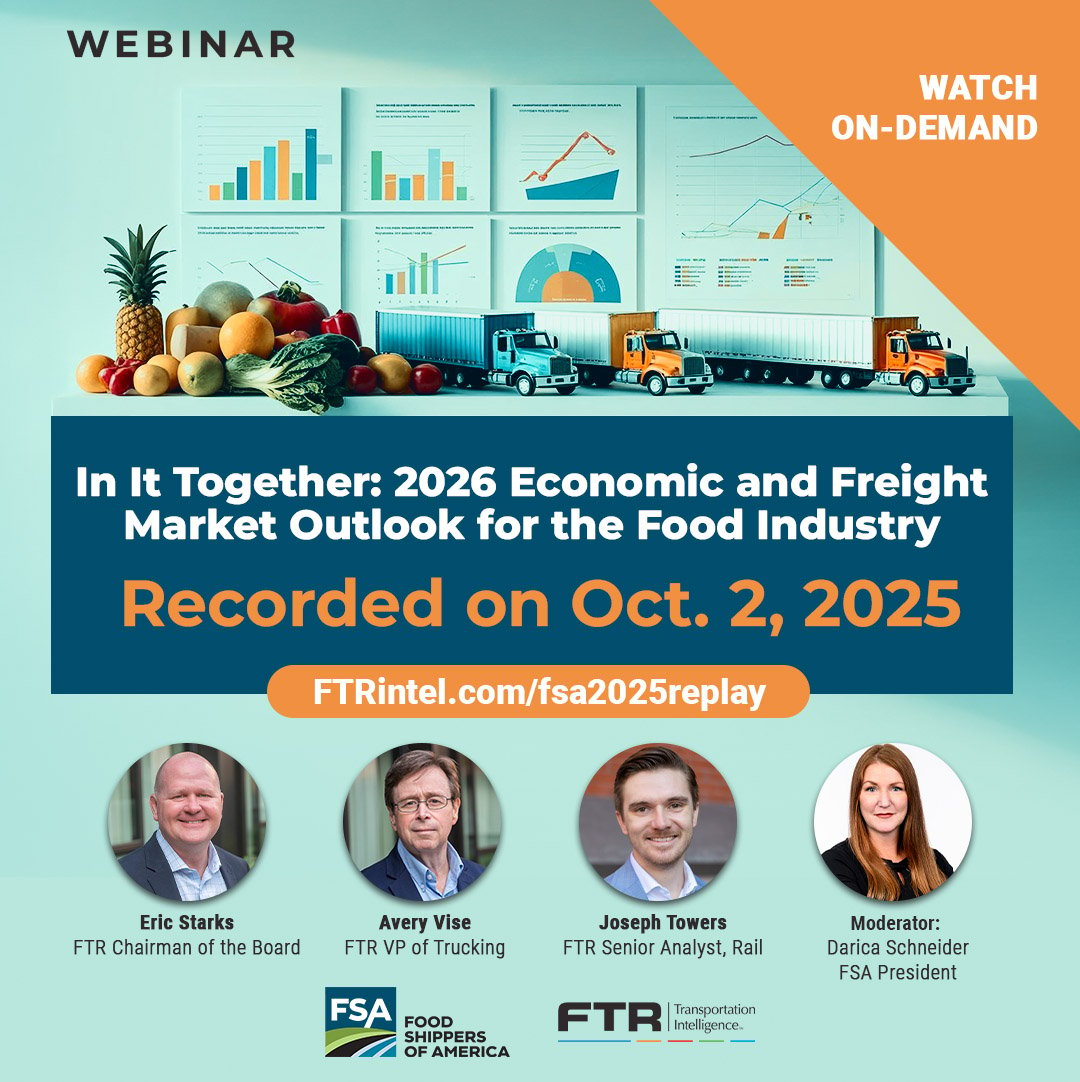
October’s Market Snapshot: When the Weather Cools, So Does the Economy
A Sudden Chill Hits the Markets
 At 11:37 AM on Friday, a single social media post from Donald Trump mentioning “China” and a “100% increase in tariffs” erased $2 trillion in market value within hours.
At 11:37 AM on Friday, a single social media post from Donald Trump mentioning “China” and a “100% increase in tariffs” erased $2 trillion in market value within hours.
- S&P 500: down 2.7% — the steepest fall since April
- Dow Jones: off 879 points (-1.9%)
- Nasdaq: down 3.56%, snapping a record-setting week
The timing couldn’t have been worse. Markets had been flirting with all-time highs, and investors were settling into a comfortable optimism. The sudden policy shock reminded everyone that global trade tensions remain a live wire.
A Government Shutdown Compounds the Confusion
As if market volatility weren’t enough, Washington went dark. Congress failed to pass a funding bill, triggering a federal government shutdown that halted the release of official economic data.
This creates a unique challenge for forecasters and analysts:
- Interrupted data flow: No employment report, no new economic indicators.
- Operational slowdown: Reduced government services and delayed contracts impact Q4 activity.
- Reliance on private data: Analysts turn to sources like ADP and the Federal Reserve’s internal datasets.
While temporary, the blackout limits visibility just when clarity is most needed.

Did you miss the webinar?
Labor Market Weakening
- ADP shows –32,000 jobs in September
- Fed notes a “curious balance” of weak supply and demand
- Hiring momentum has clearly faded
The labor slowdown could push the Fed toward another rate cut, but with tariffs adding inflationary noise, policymakers are in a bind.
Manufacturing: Stalled and Struggling
The ISM Manufacturing Index ticked up slightly to 49.1—technically an improvement, but still below the 50 threshold signaling contraction.
The details reveal deeper problems:
- Production: +1.3 to 52.6
- New Orders: -2.5 to 48.9
- Inventories: -1.7 to 47.7
 Respondent commentary tells the real story:
Respondent commentary tells the real story:
- “Steel tariffs are killing us.”
- “Business continues to be severely depressed.”
“We are in a stagflation environment—prices are up and customers won’t buy.”
This paints a picture of industrial stagnation driven by tariffs, weak orders, and capital investment on hold.
Services Sector Barely Positive
- Business Activity: 49.9 (first contraction since 2000)
- Prices remain elevated: 69.4%
Services have been the economy’s lifeline. But persistent inflation and slowing hiring could erode that stability by year-end.
Trade Policy Turbulence
If the government reopens soon, the next big data release will be the trade deficit — and that could provide new insights into how tariffs are reshaping global flows.
The trade deficit fell 24% in August, mostly from a sharp drop in goods imports. But that decline is less about improved competitiveness and more about companies pulling back amid uncertainty.
New tariffs on pharmaceuticals, lumber, and semiconductors — and pending legal challenges — add yet another layer of complexity heading into Q4.
Key Takeaway
The U.S. economy isn’t collapsing — but the signs of fatigue are multiplying. With tariffs back in the headlines, a government shutdown clouding visibility, and a weakening labor market, the forecast for fall looks as chilly as the weather outside.
Get the insights you need to make smart business decisions.
Together, Truckstop and FTR break down big data to deliver information you can use to maximize your profits.
- Weekly predictions and capacity
- Equipment and lane data
- Trusted names, trusted partners
Sign up for Spot Market Insights, the trucking industry’s weekly wellness report.
https://truckstop.com/product/spot-market-insights/
Missed the 2025 FTR Transportation Conference? This is your one-stop hub for catching up—from quick-hitting 10 Minute Takes to analyst-led breakout sessions that explain the “how” behind our forecasts.
When you’re ready for the full story, upgrade to unlock every session and each day’s keynotes with the complete replay bundle.



